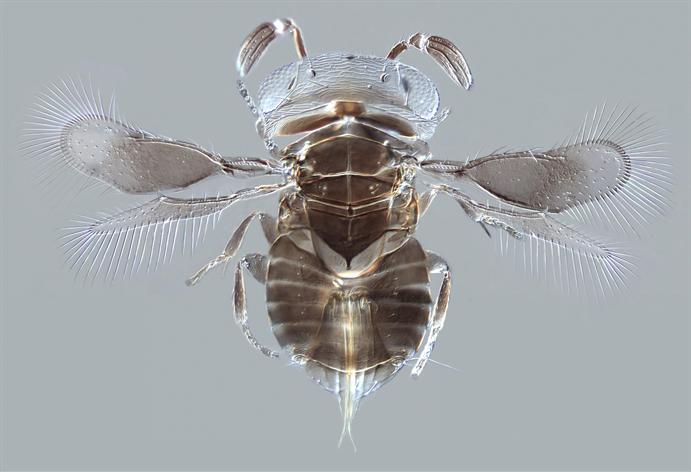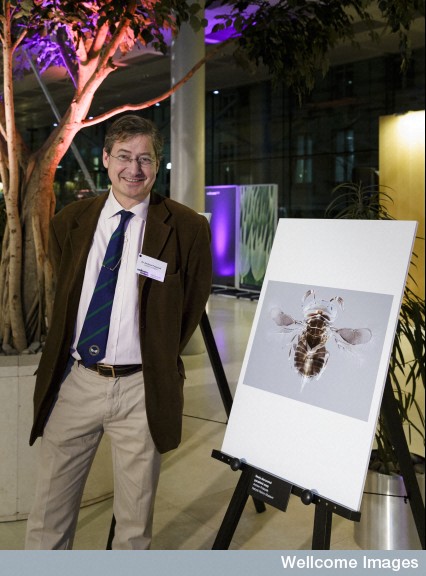 Anyone travelling down Euston Road in central London, UK, earlier this year would have seen a gallery of striking images bursting forth from the imposing offices of the Wellcome Trust, a biomedical organisation which funds research and supports the public understanding of science. These were the winning images in the 14th Wellcome Image Awards recognising the creators of the most informative, striking and technically excellent images recently acquired by Wellcome Images, one of the world's most unique collections, with image themes ranging from medical and social history to contemporary healthcare and biomedical science.
Anyone travelling down Euston Road in central London, UK, earlier this year would have seen a gallery of striking images bursting forth from the imposing offices of the Wellcome Trust, a biomedical organisation which funds research and supports the public understanding of science. These were the winning images in the 14th Wellcome Image Awards recognising the creators of the most informative, striking and technically excellent images recently acquired by Wellcome Images, one of the world's most unique collections, with image themes ranging from medical and social history to contemporary healthcare and biomedical science.
One of the winning images, pictured here, was created by Andy Polaszek of the Natural History Museum, UK, who is working on the taxonomy component of the African Cassava Whitefly Project (ACWP). The image is of a new genus and species of parasitoid wasp, Wallaceaphytis kikiae, discovered by Andy in the rainforests of Borneo, where the wasp's namesake, Alfred Russel Wallace, had collected more than 5000 new insects in the mid-19th century. Wallace is best known for independently developing a theory of evolution by natural selection concurrently with Charles Darwin.
The photograph or 'light micrograph' illuminates the surprising life of this diminutive creature. Measuring only 0.75 mm in length, with unusual antennae, legs and wings, parasitoid wasps lay their eggs inside other insects. After hatching, the larvae feed on their host, eating it alive from the inside out. Parasitoid wasps can be beneficial because they often lay their eggs in agricultural pests. The wasp pictured here belongs to the family Aphelinidae, one of the most effective groups of biological pest control agents.
Andy used a 'Micropublisher 5.0 Real Time Viewing' digital camera made by Canadian company Qimaging, to create this image. In tandem, he used special image stacking software called 'Syncroscopy AutoMontage'. These tools allow him to take a series of photos of the specimen, with images focused at different heights. The images are then combined to create a completely focussed composite.
In addition to being displayed in central London, the 2015 winning images are being shown at 10 science centres, museums and galleries around the UK, before being shared around the world. The award ceremony in March attracted attention from the media and the world of science education, emphasising how a microscopic creature, hitherto undiscovered in the forests of Borneo, went from anonymity to fame with one focussed image. Likewise, the research behind the image was thrown into sharp focus.
Andy's challenge to the ACWP team is to think of a particularly striking subject, perhaps of a cassava virus or something related to whitefly, which could be photographed using the same imaging techniques, thereby magnifying our Project across the UK and the world.
Links: Wellcome Images library





